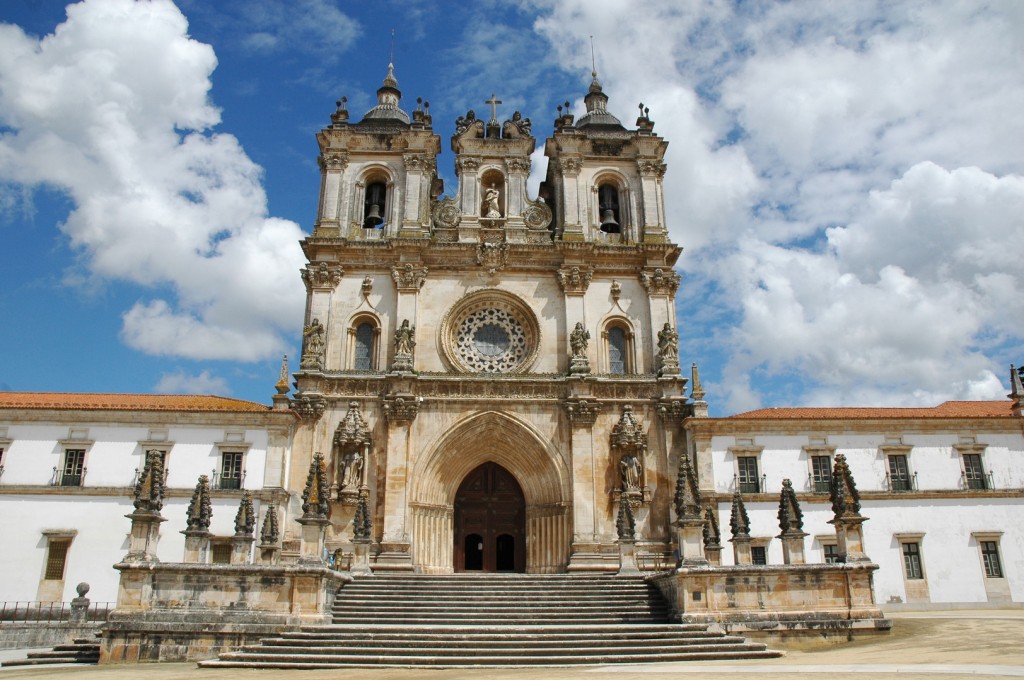 Situated in the fertile valley between the Alcoa and Baça rivers, Alcobaça is famous for the monastery of Santa Maria de Alcobaça, which is celebrated as one of the 7 wonders of Portugal and a UNESCO World Heritage Site.
Situated in the fertile valley between the Alcoa and Baça rivers, Alcobaça is famous for the monastery of Santa Maria de Alcobaça, which is celebrated as one of the 7 wonders of Portugal and a UNESCO World Heritage Site.
The Cistercian monks made significant contributions to the region, including ground-breaking techniques in agriculture through cultivating the fertile land. To this day, the region is still renowned for its production of apples and soft fruit. The monks also spread education, being the first to give public lessons and later producing an authoritative history of Portugal in book form.
[tabs] [tab title=”Culture and History” icon=”icon-key”]Founded in the 12th century by Alfonso Henriques I, the first king of Portugal, the Alcobaça Monastery was entrusted to the monks of the Cistercian order and is one of the most well-preserved Gothic monuments in Portugal.The architecture is truly exquisite, especially the abbey church, cavernous cloisters, enormous kitchen and beautiful courtyards.
The monastery also houses the tombs of the 14th century King Pedro and his murdered mistress Ines de Castro, whose tragic love story is legendary in Portuguese history. Alcobaça is also famous for its fine crystal, pottery and porcelain, some of which can be seen at the Raul da Bernarda Ceramic Museum. The Jazz Festival in Valado de Frades is also a popular annual event.[/tab] [tab title=”Sports and Nature” icon=”icon-leaf”]The municipal swimming pools are also located nearby.[/tab] [tab title=”Gastronomy” icon=”icon-food”]The region’s cuisine and confectionery have been strongly influenced by the local monasteries and convents. A well-known example is Pão de Ló, a feather-light sponge cake that originated in Alcobaça but which is now popular throughout Portugal.[/tab] [/tabs]
